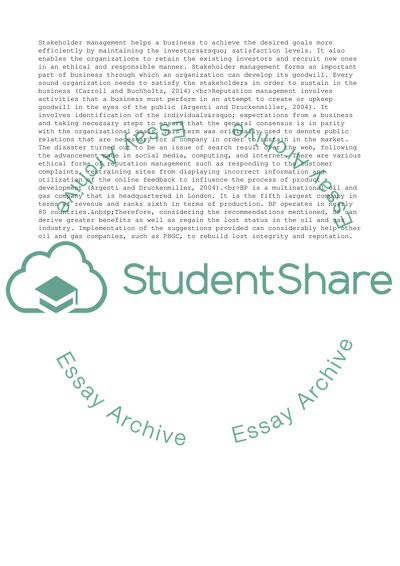Cite this document
(“BP Stakeholder and Reputation Management Research Paper”, n.d.)
BP Stakeholder and Reputation Management Research Paper. Retrieved from https://studentshare.org/management/1654198-reputation-management
BP Stakeholder and Reputation Management Research Paper. Retrieved from https://studentshare.org/management/1654198-reputation-management
(BP Stakeholder and Reputation Management Research Paper)
BP Stakeholder and Reputation Management Research Paper. https://studentshare.org/management/1654198-reputation-management.
BP Stakeholder and Reputation Management Research Paper. https://studentshare.org/management/1654198-reputation-management.
“BP Stakeholder and Reputation Management Research Paper”, n.d. https://studentshare.org/management/1654198-reputation-management.


